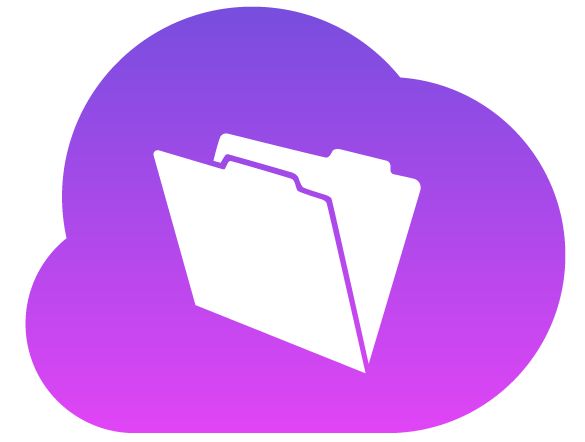

- FILEMAKER CLOUD VS FILEMAKER SERVER DRIVERS
- FILEMAKER CLOUD VS FILEMAKER SERVER FULL
- FILEMAKER CLOUD VS FILEMAKER SERVER PRO
- FILEMAKER CLOUD VS FILEMAKER SERVER PASSWORD
In addition to being able to access the admin console, authenticated users can use their AWS logins to upload files to the server (note that you need to use FileMaker 15v2 at a minimum to upload files to FileMaker Cloud).Some important FileMaker Cloud licensing information is below.These other admins are referred to as “authenticated users”. You can delegate control over your FileMaker Cloud (and access to the admin console) by inviting others who also have an AWS account.You get a 90-day Comodo SSL certificate when you create your instance after that you can renew it or provide your own SSL certificate. SSL (encryption in transit) is enabled by default and cannot be disabled.
FILEMAKER CLOUD VS FILEMAKER SERVER PRO
You can always download the FileMaker Pro for Team client right from the admin console.If you don’t need your FileMaker Cloud for a while you can stop the instance (and the cost that comes with it) by stopping it in the AWS Console.
FILEMAKER CLOUD VS FILEMAKER SERVER PASSWORD
The default account of “admin” with no password will not allow you to have the file hosted on FileMaker Cloud.
FILEMAKER CLOUD VS FILEMAKER SERVER FULL
All files must have a password set for the Full Access account. If a file is not encrypted yet when you upload it you will be prompted to enable encryption after you upload the file and before you can have FileMaker Cloud host them. All files that you upload to FileMaker Cloud must be encrypted with FileMaker’s “Encryption at Rest” (EAR) feature. FILEMAKER CLOUD VS FILEMAKER SERVER DRIVERS
ESS (External SQL Sources) is supported and the instance comes with the necessary drivers for the supported SQL databases. You can use ‘Perform Script on Server’ with FileMaker Cloud and server-side plugins are supported however, those plugins need to be special versions that are Linux-compatible, so check with your plugin vendors for updated versions. There is no ‘file list filtering’ – the feature in regular FileMaker Server that requires the user to provide credentials before they can see a list of databases that they have access to. There is no support for the Primary/Standby feature. External Authentication is not possible with FileMaker Cloud. Backups are done exclusively via the 20-minute automated backup mentioned previously. FileMaker Cloud does not support server schedules. While FileMaker Cloud is based on FileMaker Server 15, it does not have all of the traditional FileMaker Server features. We will release a blog post in the next few days that describes a work-around for this to give you more control over your backups. You can also only restore the whole set of files, not individual files. To its credit, backups are very efficient and fast since they use AWS snapshots and not the file-copy mechanism that regular FileMaker Server uses. The backup schedule is fixed and runs every 20 minutes you cannot add your own backup schedules. The PHP API and the XML API are not available, but WebDirect is. Unlike the on-premise version of FileMaker Server you cannot split the deployment over a database and a web-server machine it is strictly a one-machine deployment. You will see an indication of the expected monthly cost both in the admin console where you can switch between instance types and in the marketplace when you choose your initial instance size. Amazon AWS itself has a lot more instance types but FileMaker has made a good move here to simplify the choices. The FileMaker Server that powers FileMaker Cloud runs on CentOS Linux and in our testing is very efficient when it comes to how much resources it requires. You can select from eight different instance types that range from one processor with 2GB of RAM all the way to 40 processors and 160GB of RAM. You can pick a FileMaker Cloud instance in two regions: US East and US West, the closer the instance is to where your users are, the more responsive your FileMaker solution will be. Some important things to note and consider about FileMaker Cloud and where it differs from the regular FileMaker Server: That admin console for FileMaker Cloud is unlike the one for the traditional on-premise version of FileMaker Server as you can see from the screenshot below it is meant to be simple and intuitive to use. All of the interaction with your FileMaker Cloud is through the admin console.





 0 kommentar(er)
0 kommentar(er)
